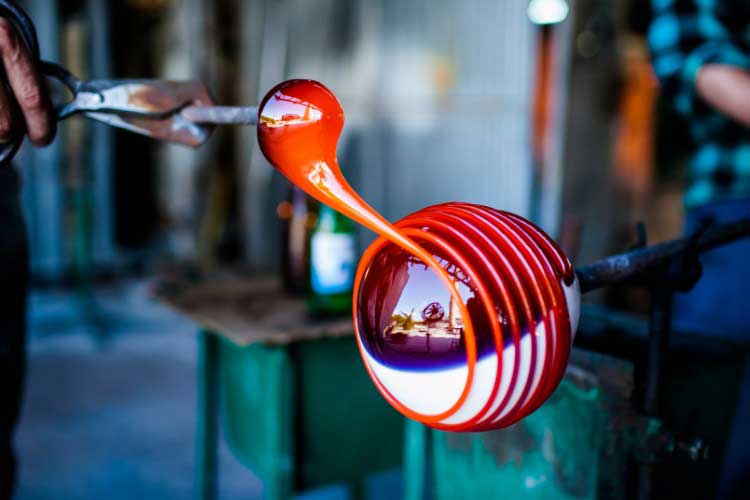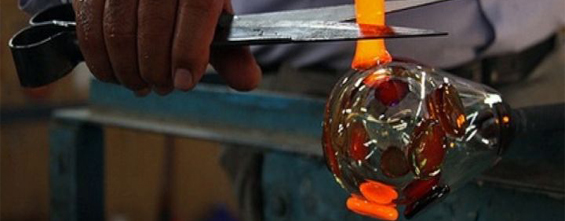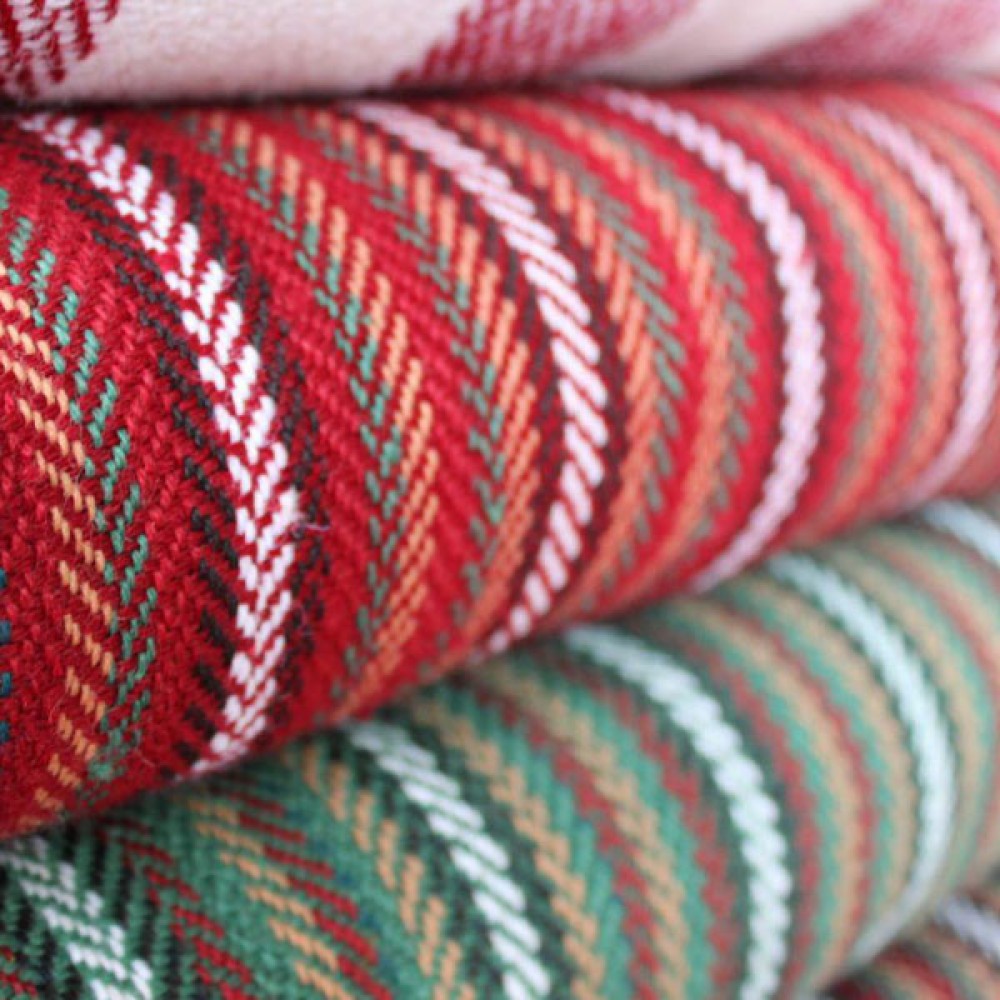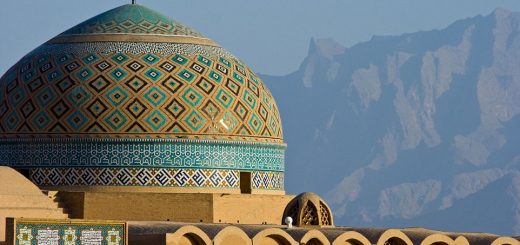Souvenir of Tehran
Souvenirs and crafts of Tehran are another items that can be remarkable for a tourist and bring a memorable one from their visit.
Shisheh Gari
(Glass Blowing)
In the ancient temple of “Choqazanbil” thousands of glass rods were used in building the windows; also small bottles, which could have possibly contained a holy liquid, were also discovered. Glass works of Sassanid era can be considered the sign of existence of this industry in the old Iran. A glass necklace, was discovered in the northwest of Iran. This necklace is composed of blue glass-beads. There have been findings of glass articles, belonging to ancient Iran.
In the Seljukid era, glass articles were adorned with the images of flowers and birds. Large and small glass dishes consisting of scent bottles, cups, vases are among the various forms of blowing glass from this period. Glasswork, for decorating mosques, whereof special importance in the safavid. Also, various glass articles were produced in glass workshops, which have a historic value. Iranian artists produce glass goods, by blowing the glass into a mold, and then, they would paint brilliant enamel and golden design on them. The making of glass items by hand requires extraordinary skill and today in numerous glass workshops in Tehran, Isfahan and Shiraz this art is continued.



Pottery
Through the centuries, Persian potters have responded to the demands and changes brought by political turmoil by adopting and refining newly introduced forms and blending them into their own culture. This innovative attitude has survived through time and influenced many other cultures around the world.
The Islamic prohibition on using vessels made of precious metal at the table, which had been usual for pre-Islamic elites of the earlier Persian empires, meant that a market for luxury ceramics opened up, which Persian potters were able to fill with fancy glazes such as in lusterware and high-quality painted decoration.
Jajim
Jajims are typically woven in square sizes and are most easily identified by their vertical stripe patterns. They flat woven kilim like carpets that originate from Iran and are woven in horizontal loom. The exact date these ancient cloths were first woven is not entirely known, though it is believed that some of the antique textiles illustrated in 14th century Persian paintings may have been jajims. Regardless of the exact year in which these extraordinary cloths were first created, it is clear that the jajim has a very long history and has held an important role in Iran’s artistic past.
The material used to make the jajims was usually wool, and the dyes used for older jajims were all vegetable-based. Sadly the number of antique Persian jajims that are left intact is decreasing rapidly, since it is a common practice to unravel these textiles and use them to repair and restore other rugs and flat woven kilims that may fetch a higher price.
Traditionally, Persian jajims served many purposes. Most frequently, they were used as bed covers in order to protect the wearer from the cold. Freshly-made jajims were often coarse and rough to the touch, but soon softened after frequent use.
Thicker jajims were employed as horse covers, while thinner jajims were frequently used for decoration and have been prized as luxury items in Iran for centuries.




